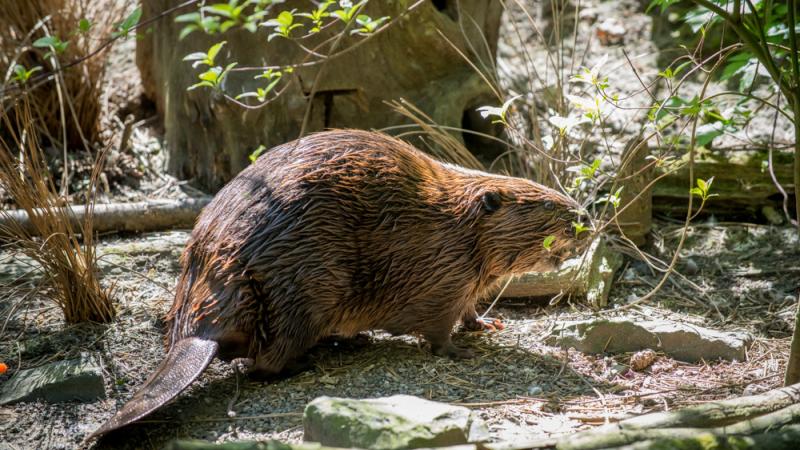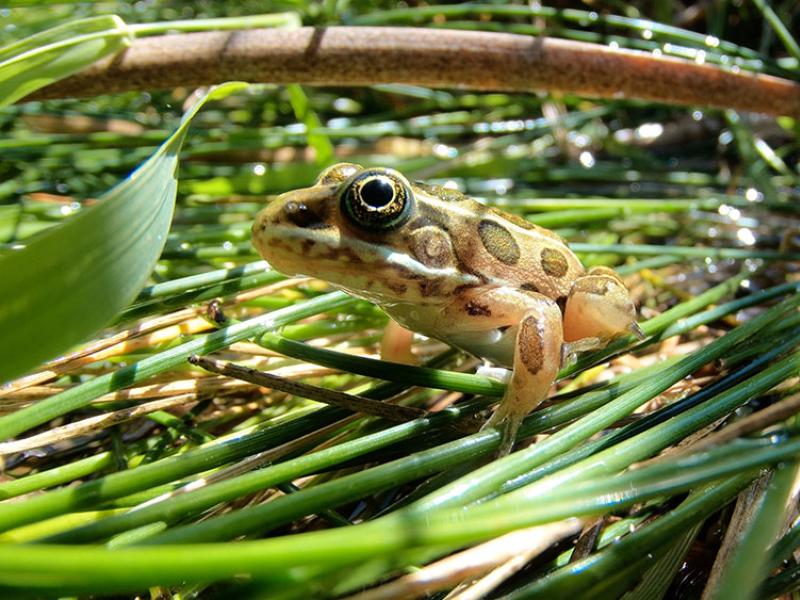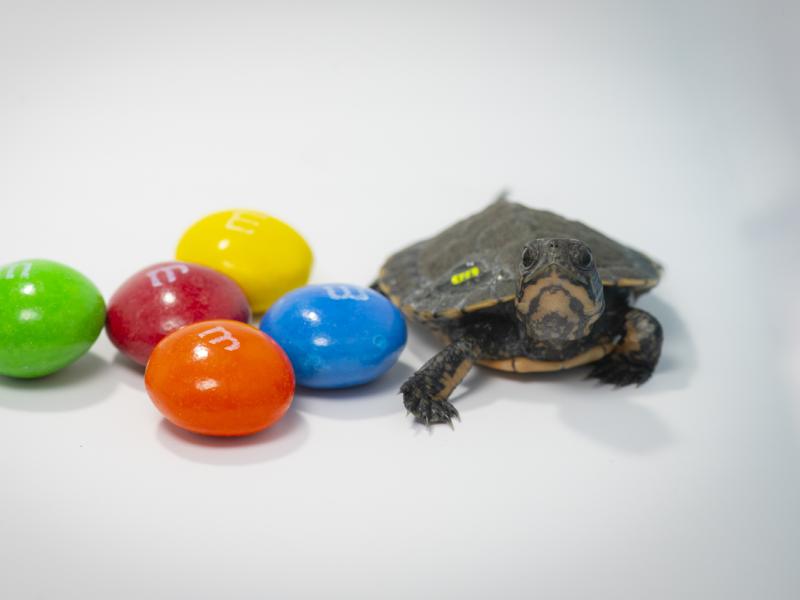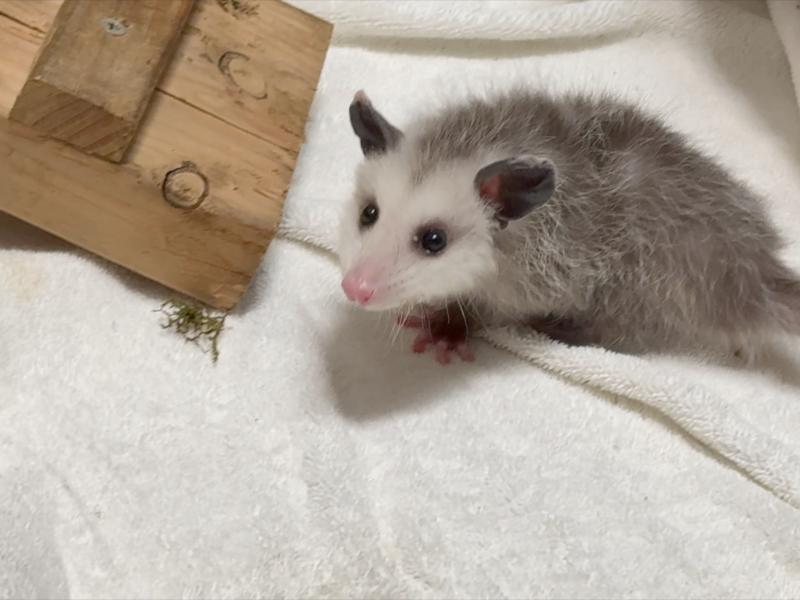Living with beavers: tips and tools for coexistence

Coexisting with beavers
Besides humans, few animals do more to engineer the landscape than beavers. Their dams and lodges create entire wetland ecosystems that prevent drought and forest fires, create fertile soils, improve water quality and provide homes for salmon, waterfowl and other wildlife.
Beavers have been shaping our environment for more than 10 million years, and in less than a century they were nearly wiped out by the fur trade. Today, they are making a comeback, and most of Oregon's waterways are once again home to beavers. But as they reclaim their ancestral homes, they encounter human development, which can lead to problems such as flooding or damage to vegetation.
With prevention and planning, beavers and humans can coexist. Learn more about effective strategies and find links for more information:
Wire mesh caging
Encircle trees and shrubs with protective caging to prevent beavers from accessing them.
Beaver-repellant paint
Brush on an abrasive mix of sand and latex paint matched to the tree color to prevent gnawing.
Beaver deceiver
Where state, federal and local regulations allow, a mesh and pipe device can lower water behind the beaver dam while protecting the culvert and allowing beavers to continue building their dam. This device should be installed by trained professionals.
Pond leveler
Where state, federal and local regulations allow, a mesh and pipe device can prevent. flooding by creating a permanent leak in the beaver dam. This device should be installed by trained professionals.
If you're having trouble with beavers on your property, you can contact your local department of fish and wildlife office for help. If you're in Oregon, the Oregon Department of Fish and Wildlife has resources available on how to live with beavers.
More News

A leap forward: Endangered frogs hit survival milestone
For the first time, zoo-reared northern leopard frogs survived a winter in the wild at the Columbia National Wildlife Refuge.June 12, 2025

Tiny Endangered Turtle Hatchlings Arrive At Zoo
Seventeen northwestern pond turtle hatchlings, each about the size of a walnut, are making themshellves at home at the Oregon Zoo this summer.June 4, 2025

Awesome opossum! Orphaned baby finds new home at zoo
A tiny opossum found wandering earlier this month has made his way to a new home at the Oregon Zoo.May 28, 2025

